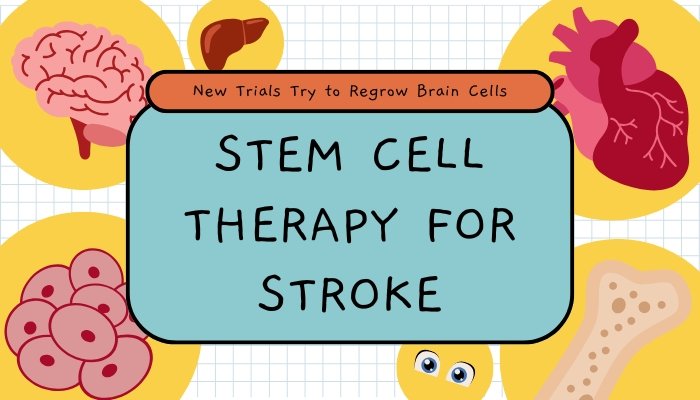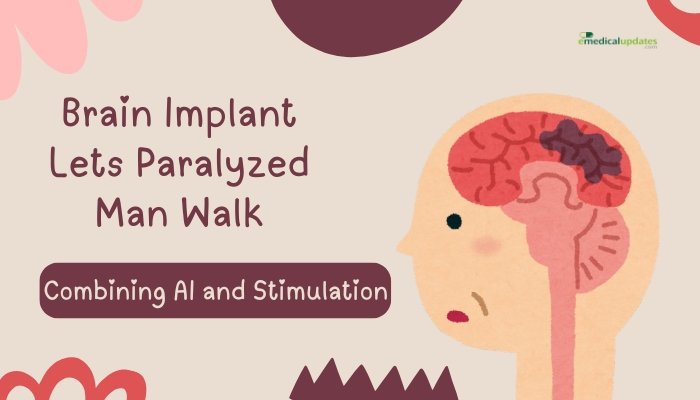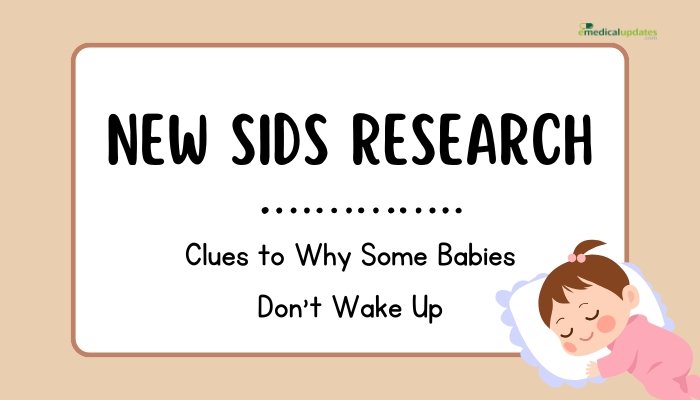Introduction
Stroke—whether ischemic or hemorrhagic—remains a leading cause of disability, robbing survivors of speech, mobility, and independence. Traditional rehabilitation can only do so much if significant brain tissue is lost.
However, recent clinical trials are investigating stem cell therapy for stroke, with the goal of regenerating damaged brain regions and restoring functions once deemed unrecoverable. By injecting specialized cells that can grow into neurons or supportive glial cells, these trials hope to spur brain repair, reduce scarring, and improve survivors’ long-term outcomes.
In this article, we explore how stem cell therapy aims to rebuild post-stroke brain tissue, summarize early evidence from clinical studies, and highlight what these breakthroughs might mean for patients and caregivers.
Stroke and the Limits of Current Therapies
The Aftermath of Stroke
- Cell Death and Inflammation: A sudden lack of blood flow (ischemic stroke) or bleeding (hemorrhagic stroke) leads to neuronal loss and scarring.
- Disability and Rehabilitation: Physical, speech, and occupational therapies can help survivors recover partially, but many have lasting deficits in movement, speech, or cognition.
- Lack of Regeneration: Adult human neurons do not spontaneously regenerate effectively after large-scale injury, limiting natural recovery.
Why Stem Cells?
Stem cells—capable of differentiating into various cell types—offer potential to:
- Replace Dead Neurons: Replenishing nerve cells lost during stroke.
- Support Repair: Produce growth factors that reduce harmful inflammation and promote vascular or tissue recovery.
- Harness Brain Plasticity: Stimulate the formation of new neural connections that might restore lost functions.
Types of Stem Cells in Trials
Mesenchymal Stem Cells (MSCs)
Sourced often from bone marrow or umbilical cord tissue, MSCs are valued for their:
- Neuroprotective Secretions: Growth factors and cytokines that limit further damage.
- Immunomodulation: Potentially dampening post-stroke inflammation and scarring.
- Multi-Potential Differentiation: Under certain conditions, can adopt neural lineage traits, though robust neuronal conversion remains debated.
Neural Progenitor Cells
Isolated from fetal or induced pluripotent stem cells, NPCs can more directly become neurons or glia. Some studies inject these progenitors directly into peri-infarct regions, hoping they integrate into existing brain circuitry.
iPSC-Derived Cells
Induced pluripotent stem cells (iPSCs), reprogrammed from adult cells, avoid the ethical issues of embryonic sources. They might yield patient-specific therapies, reducing rejection risks—but manufacturing complexities remain high.
Clinical Evidence and Current Trials
Early-Phase Results
Some Phase I/II clinical trials with small groups of ischemic stroke patients show:
- Safety: No severe immune reactions or tumor formations from the transplanted cells.
- Functional Gains: Some participants exhibit modest improvements in motor function or daily activities beyond standard rehab.
- Imaging Indicators: MRI scans may reveal reduced scarring or partial structural regrowth in the infarct zone.
Ongoing Studies
Large-scale, randomized trials aim to:
- Confirm Efficacy: Quantify changes in validated stroke scales (e.g., NIH Stroke Scale, Modified Rankin Scale).
- Optimize Delivery: Intracerebral injection, intravenous infusion, or intrathecal routes are being compared for best outcomes.
- Establish Timing: Whether therapy is best soon after stroke or in subacute/chronic phases.
Potential Benefits Over Conventional Rehab
- Neuroregeneration: The chance for genuine tissue repair, not just compensation.
- Long-Term Gains: If newly formed cells integrate and produce stable networks, improvements might persist and even grow over time.
- Reduced Reliance on Chronic Therapy: If successful, patients might regain enough function to ease their rehab schedules or cut supportive care costs.
Remaining Challenges
Efficacy and Consistency
- Variable Response: Not all patients show marked improvement, possibly due to differences in stroke location, size, or personal health.
- Cell Survival: Many transplanted cells die or fail to integrate fully, limiting measurable gains.
Delivery and Timing
- Invasive Procedures: Injecting cells into the brain can be risky, and precise targeting is critical.
- Optimal Window: The best time (acute vs. chronic stroke) for cell therapy remains uncertain; both are studied.
Cost and Access
Complex processes for cell harvesting, expansion, and regulatory compliance can inflate costs. Widespread adoption demands streamlined manufacturing and insurance coverage.
Future Directions
Advanced Cell Engineering
Scientists explore methods like gene editing to bolster graft survival, reduce rejection, or encourage robust neural differentiation, possibly leading to next-generation “enhanced” stem cells for stroke repair.
Combination Therapies
Synergy might come from combining cell therapy with:
- Physical or Robotic Rehabilitation: Tapping into plasticity while new cells integrate.
- Neurotrophic Factors: Administered to help transplanted cells thrive.
- Electrical Stimulation: Possibly guiding new connections in the injured brain region.
Standardization and Large Trials
Large, multi-national trials with consistent cell sources, dosing, and follow-up measures will clarify actual efficacy and help secure regulatory approvals. Observational data from real-world settings will refine patient selection and identify best practices.
Frequently Asked Questions
- Is stem cell therapy for stroke approved?
- It remains in clinical trial phases, so widespread regulatory approval is not yet granted in most regions.
- Who might benefit the most?
- Typically younger stroke survivors with moderate to severe deficits, though each trial has specific criteria. Chronic stroke patients might also be candidates in some protocols.
- Does it fully cure stroke damage?
- We don’t have definitive cures. Gains vary from subtle motor improvements to more meaningful functional recovery. Ongoing trials aim to clarify typical outcomes.
- Are there risks?
- Potential tumor formation or unwanted immune responses are concerns, though rare in current data. Bleeding or infection risk from surgical injection must be considered.
- How long until results appear?
- Preliminary improvements might occur within weeks to months, with additional incremental progress over time.
Conclusion
Stem cell therapies for stroke—encompassing mesenchymal cells, neural progenitors, or iPSC-derived lines—offer a bold vision for brain repair that extends beyond the capacity of conventional rehab. Early clinical trial outcomes hint at safety and modest functional benefits, spurring excitement for the possibility of reversing or significantly ameliorating chronic deficits in stroke survivors. Nonetheless, full-scale, rigorous studies are crucial to confirm efficacy, refine delivery strategies, and ensure the approach is financially viable.
If proven, these treatments could open a new chapter in stroke care, transforming a disabling event into something more manageable and partially reversible. For patients, families, and health providers, that hope alone underscores why ongoing research in stem cell therapy for stroke is so critical—and why the path to confirming it remains a focal point for neuroscientists and clinicians around the world.
References
-
- Steinberg GK, et al. (2016). “Clinical outcomes of stem cell therapy in stroke.” Stroke.
-
- Banerjee S, et al. (2020). “iPSC-derived neural progenitor cells for ischemic stroke: a pilot study.” J Stroke Cerebrovasc Dis.
-
- Savitz SI, et al. (2019). “Mesenchymal stem cells in stroke: from bench to bedside.” Lancet Neurol.
-
- Song M, et al. (2018). “Transplantation of neural stem cells in stroke recovery.” J Neurosci Res.





